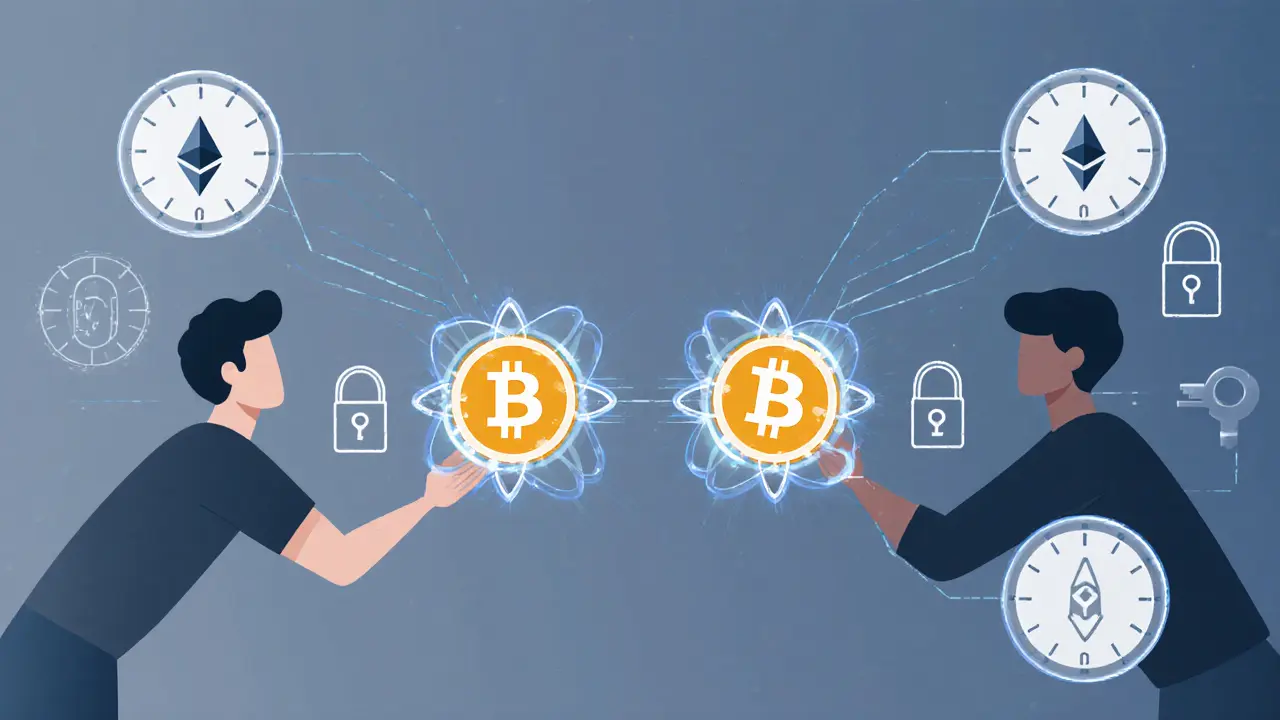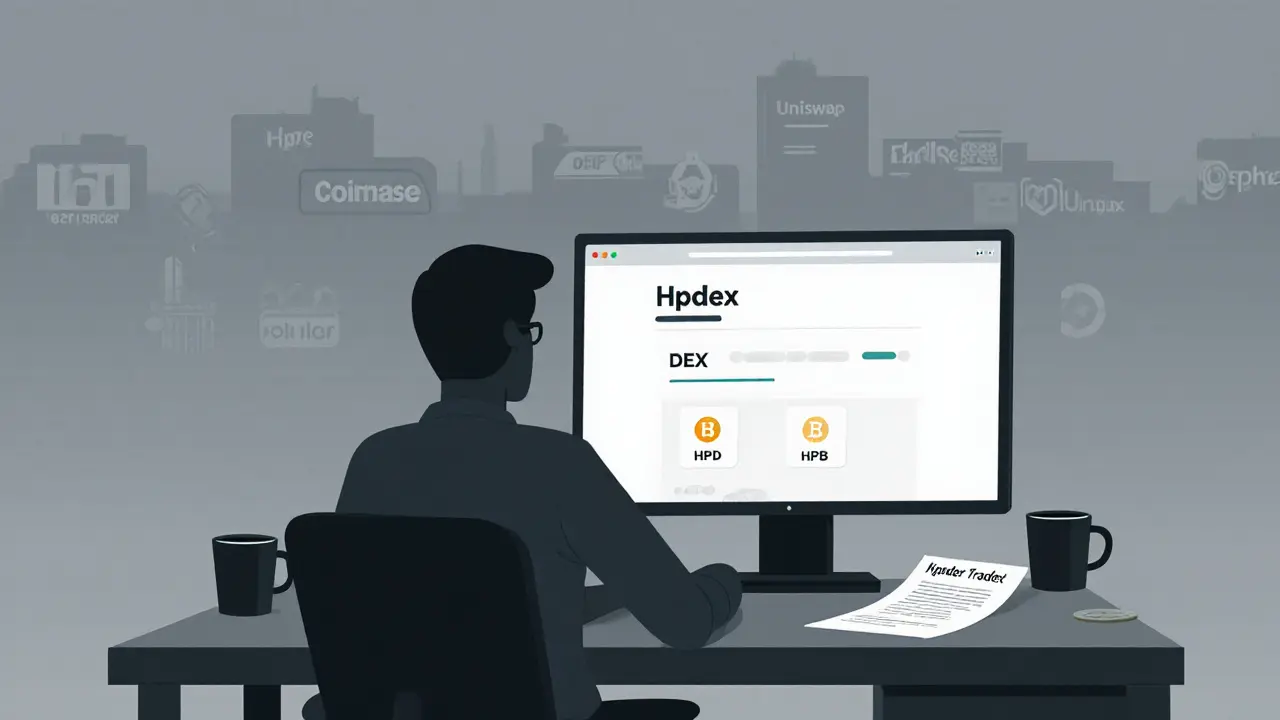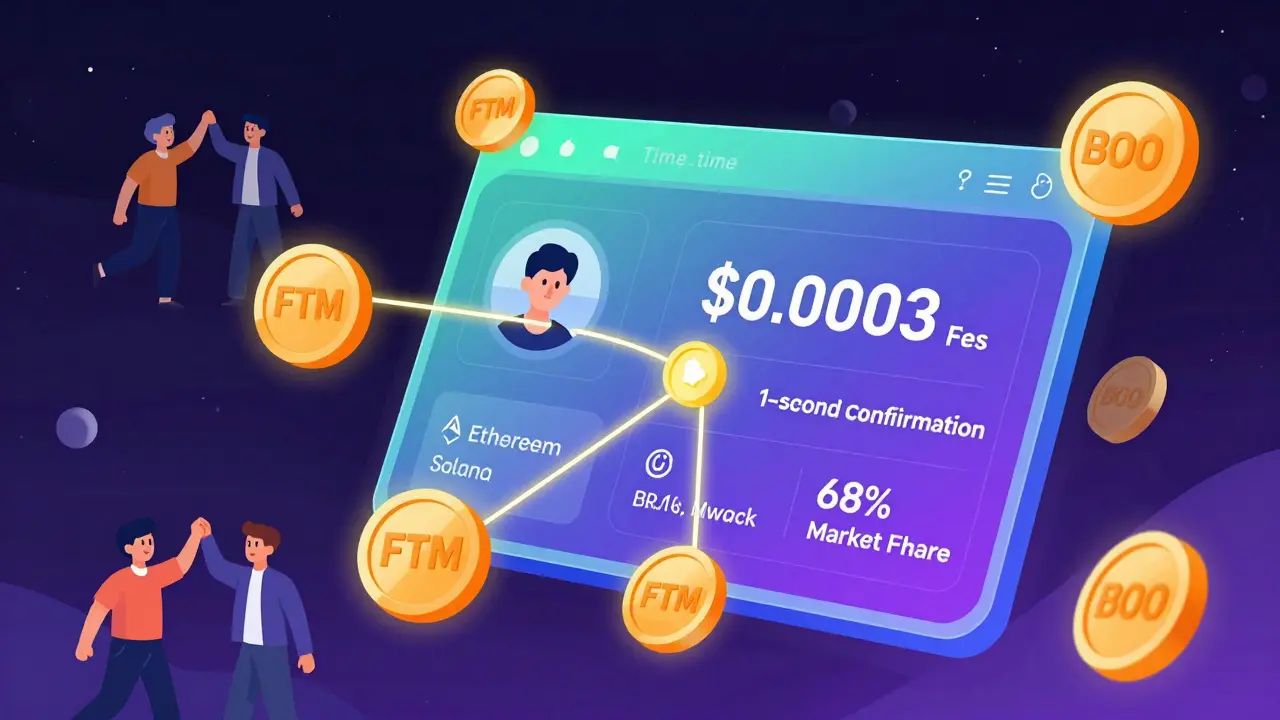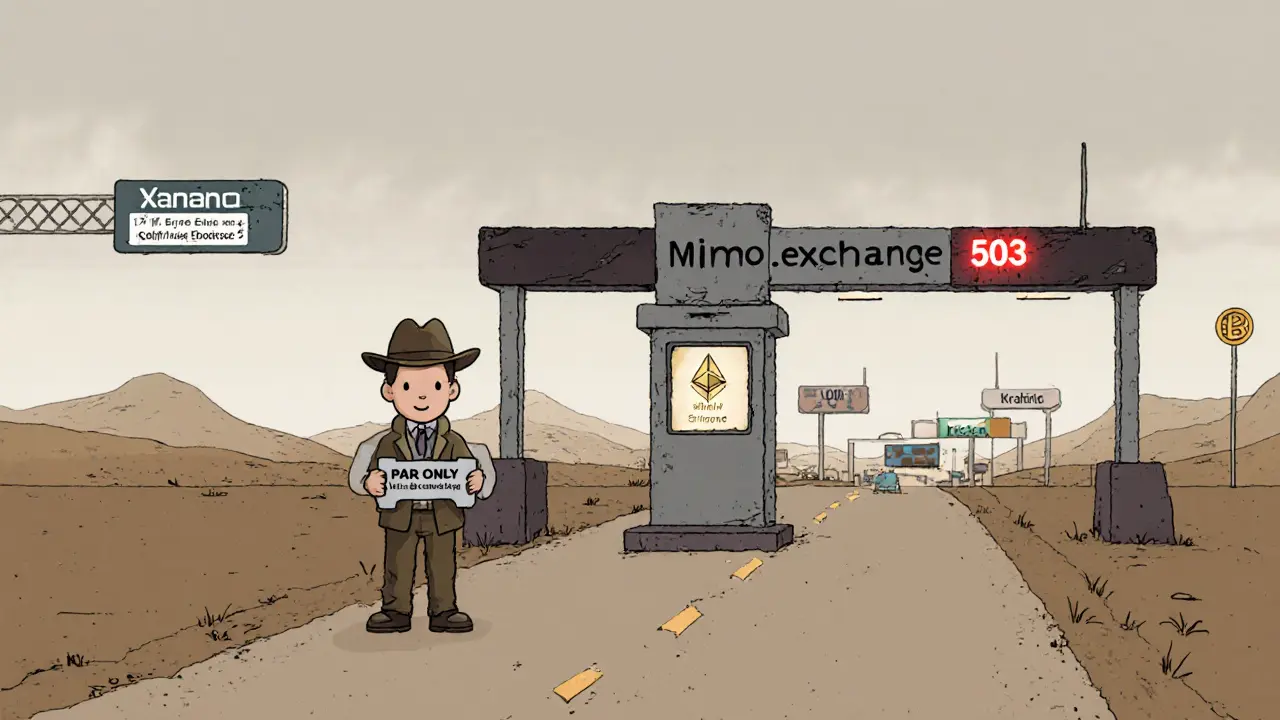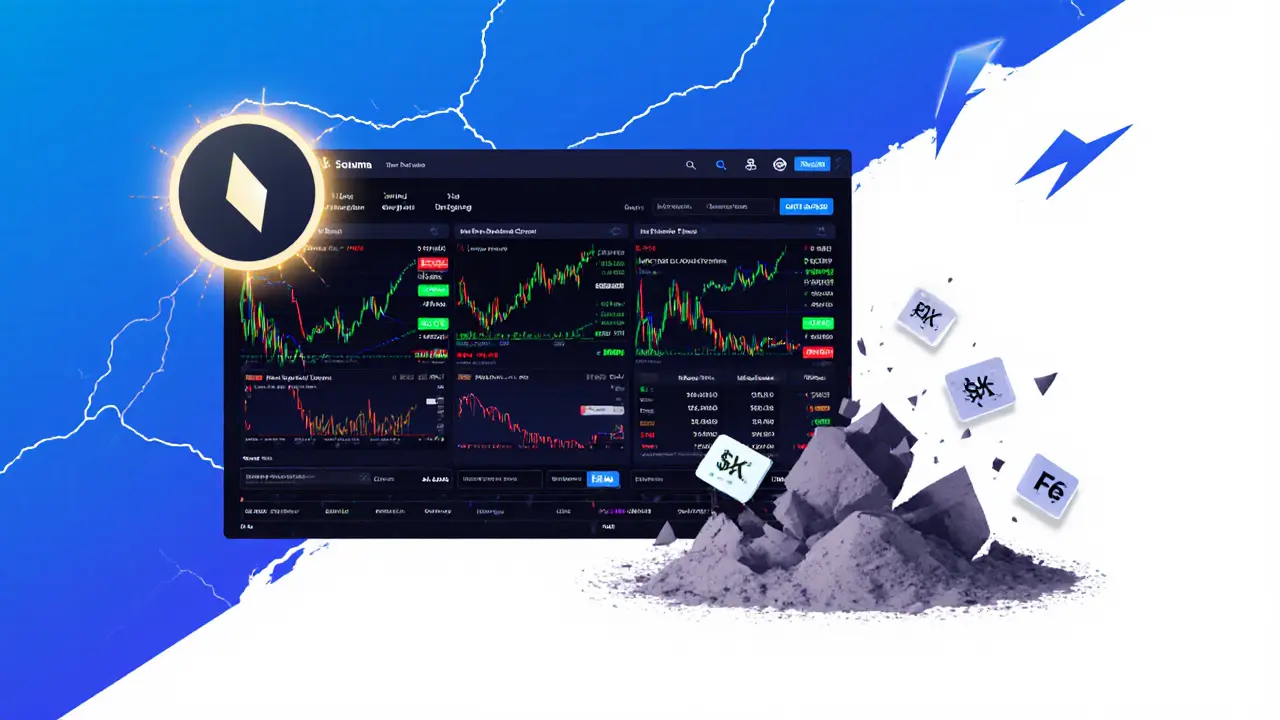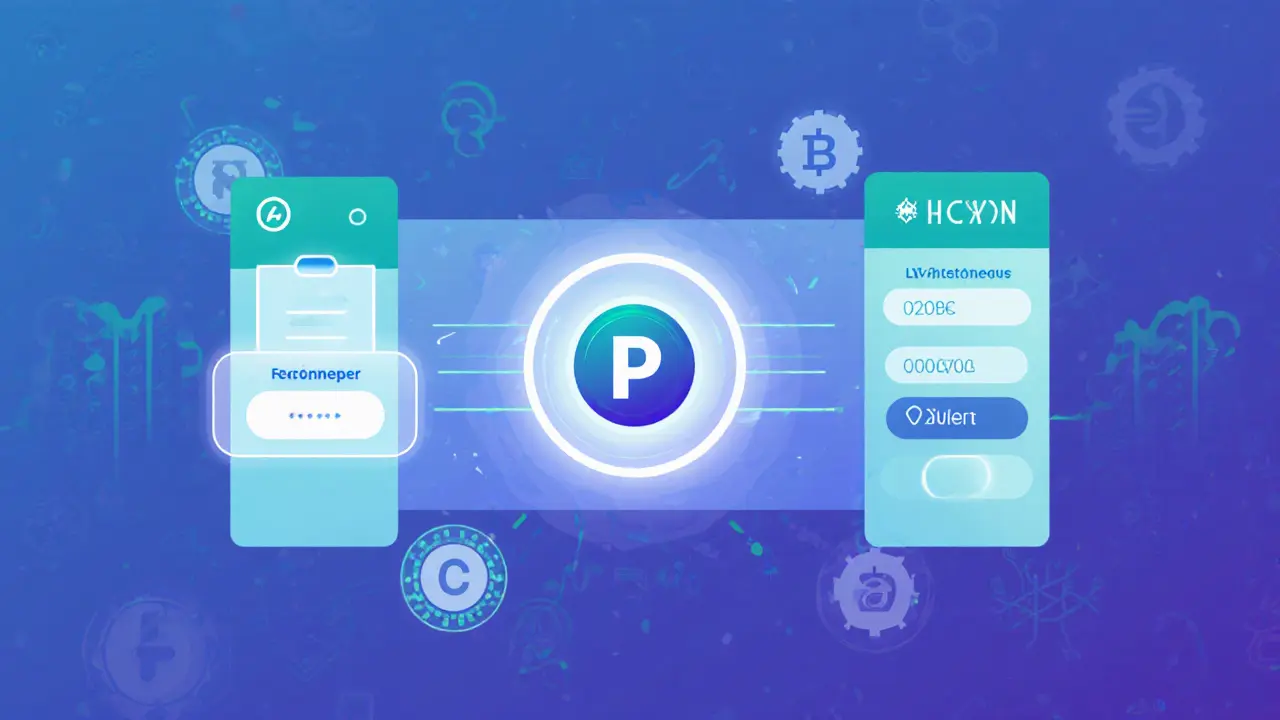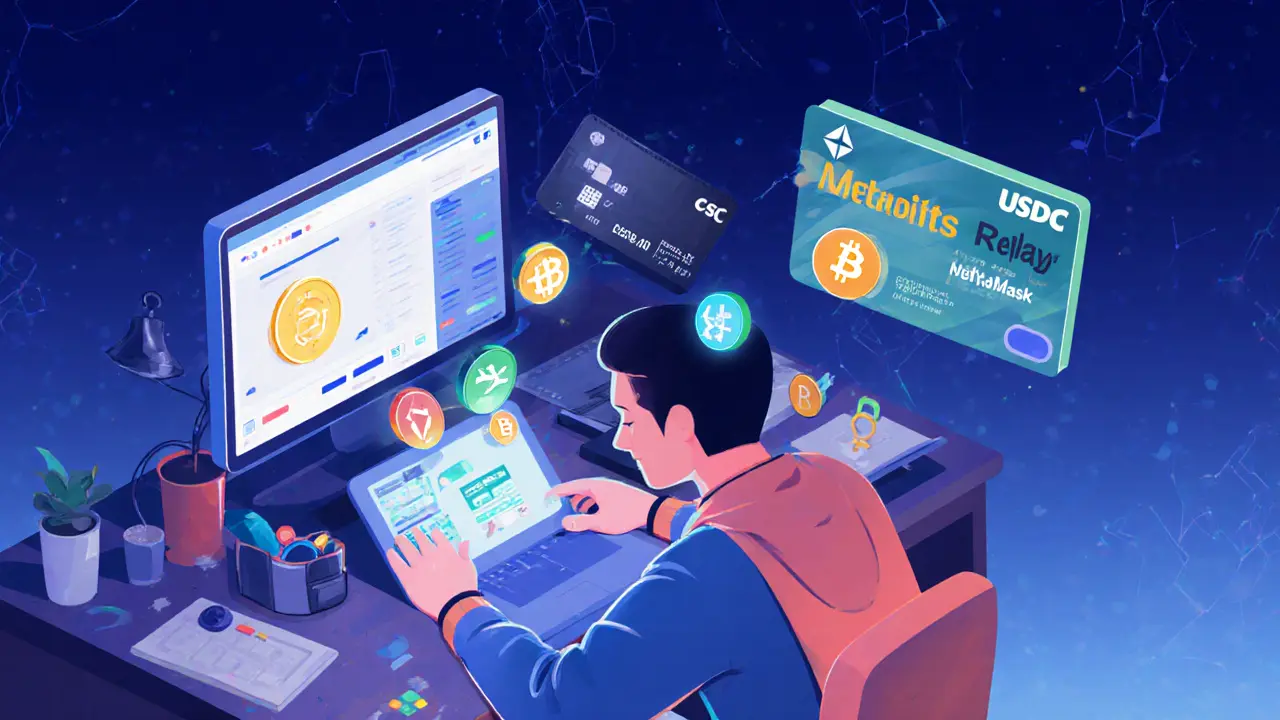4swap is a privacy-first crypto exchange using atomic swaps on the Mixin Network. No liquidity pools, no middlemen-but also no speed or ease. Learn who it's really for and whether it's worth the complexity.
Decentralized Exchange: What It Is and Why It Matters in Crypto
When you trade crypto on a decentralized exchange, a peer-to-peer platform that lets users trade directly without a central authority. Also known as a DEX, it runs on blockchain networks and gives you full control over your funds—no deposit, no waiting, no third party holding your keys. That’s the core difference: on a centralized exchange like Binance or Coinbase, you hand over your crypto to them. On a DEX, you keep your wallet connected, and your coins never leave your control.
This isn’t just about security—it’s about freedom. A non-custodial wallet, a wallet where only you hold the private keys is what makes a DEX work. You sign transactions yourself using tools like MetaMask or Phantom. No one can freeze your account, block your withdrawals, or shut you down. That’s why DEXs are the backbone of DeFi. They enable things like automated trading bots, liquidity pools, and yield farming—all without needing permission from a company.
But DEXs aren’t perfect. They can be slower than centralized platforms, especially during high traffic. Some have complex interfaces that scare off beginners. And while they reduce counterparty risk, they don’t eliminate scams—fake tokens and rug pulls still happen. That’s why knowing how to read a DEX’s smart contract, check liquidity, and spot red flags matters more than ever. Our posts cover real cases: from the rise of Uniswap and PancakeSwap to the collapse of sketchy platforms that pretended to be DEXs. You’ll find guides on how to swap tokens safely, why slippage settings matter, and how to use on-chain analytics to avoid traps.
And it’s not just about trading. DEXs are tied to blockchain, a public, tamper-proof ledger that records every transaction. Every trade, every liquidity pool, every token swap leaves a trace. That’s why DEXs are central to transparency in crypto. You can verify every move yourself. No hidden fees. No backroom deals. Just code and consensus. Our reviews expose platforms that claim to be decentralized but act like centralized exchanges—hidden owners, locked liquidity, fake volume. We cut through the noise so you don’t lose money chasing ghosts.
What you’ll find below isn’t theory. It’s real analysis of tools, scams, and trends tied to decentralized trading. From airdrops tied to DEX liquidity mining to exchanges that vanished overnight, these posts show you what works, what doesn’t, and how to protect yourself. No fluff. No hype. Just the facts you need to trade smarter on your own terms.
Hpdex is a niche decentralized exchange on the HPB Blockchain with limited liquidity, no public team, and minimal documentation. Learn what it offers, who it's for, and why most traders should avoid it.
SpookySwap is the leading decentralized exchange on Fantom, offering near-zero gas fees, 1-second transaction speeds, and high-yield farming. Learn how it works, who it's for, and why it dominates DeFi on Fantom.
YodeSwap was a Dogechain-based DEX that promised low fees and yield farming. By 2025, it was confirmed dead-liquidity drained, team gone, users stranded. A textbook exit scam.
Zyberswap v3 is a low-fee decentralized exchange on Arbitrum, ideal for small token swaps but limited by low liquidity and few trading pairs. Not for beginners or major coin traders.
Mimo.exchange is a niche crypto exchange focused on Euro-pegged stablecoins, but it suffers from poor uptime, zero user reviews, no regulatory compliance, and minimal liquidity. Avoid unless you're a DeFi specialist with high risk tolerance.
Serum DEX was a revolutionary Solana-based exchange with zero fees and ultra-fast trades. After FTX collapsed, the community kept it alive. Here's how it works today - and whether it's still worth using in 2025.
PhotonSwap.finance is a decentralized exchange on the Cronos blockchain offering low-fee trading, PHOTON token staking, and real-time analytics. Ideal for Cronos users seeking a simple, non-custodial trading platform.
Bamboo Relay is a decentralized crypto exchange offering margin trading and credit card deposits via Carbon. But in 2025, its low liquidity and lack of updates make it a niche tool for experienced DeFi users-not beginners.
Uniswap v2 revolutionized crypto trading by enabling direct ERC-20 swaps without ETH as an intermediary. Though largely replaced by v3, it remains vital for obscure tokens and remains the foundation of modern DeFi.
Uniswap V2 remains a reliable, secure decentralized exchange for trading low-volume tokens on Ethereum. Despite being outdated, its simplicity and battle-tested code make it ideal for beginners and long-tail crypto assets in 2025.
